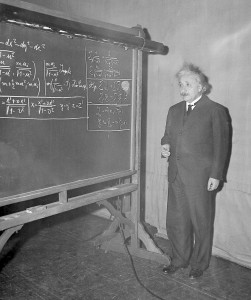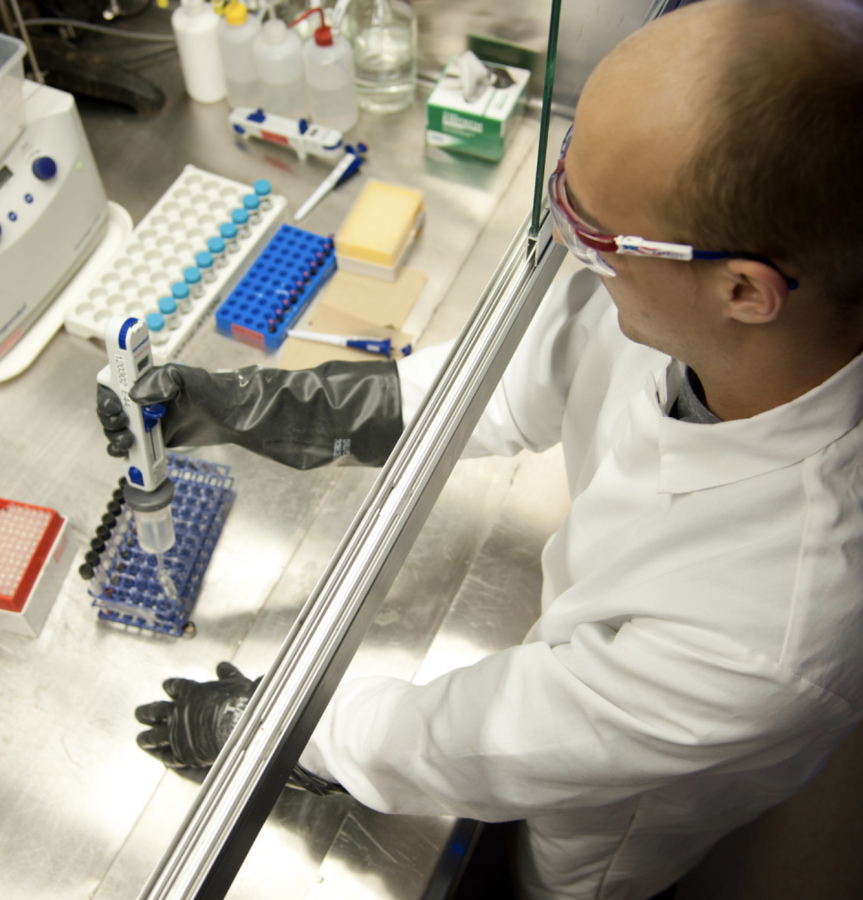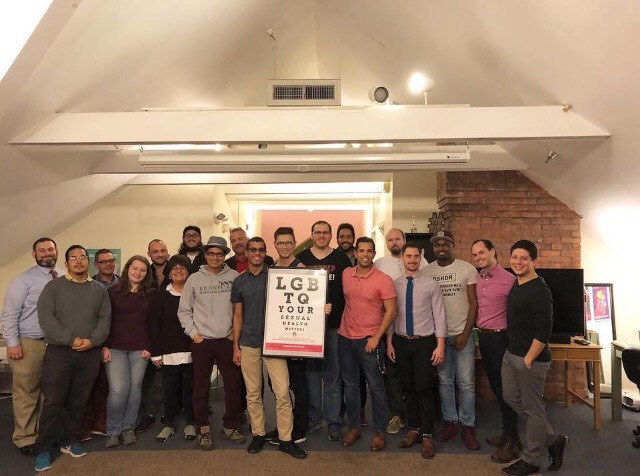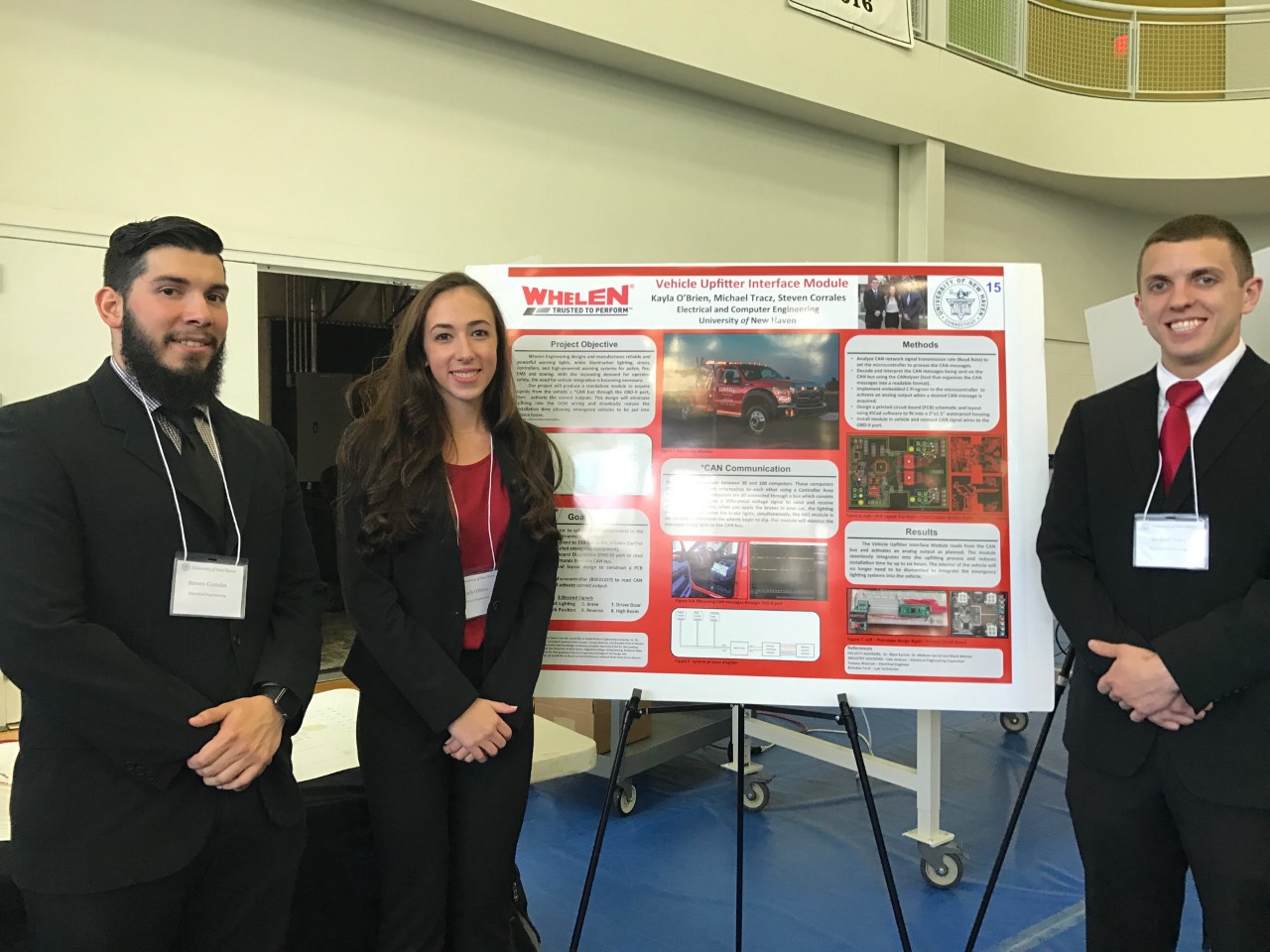When Albert Einstein introduced his theory of special relativity to the world in 1905, he launched a new era of physics that still dominates today. Now one of the lynchpins of his theory – that nothing

travels faster than light – is coming under question.
Scientists at the Gran Sasso National Laboratory near L’Aquila, Italy, claim to have observed neutrinos exceeding the speed of light. The particles were transmitted to Gran Sasso from the CERN particle-physics laboratory about 450 miles away in Geneva, Switzerland. The experiment was part of the Oscillation Project with Emulsion-tracking Apparatus (OPERA) collaboration. The researchers discovered in March that the neutrinos appeared to be arriving 60 nanoseconds faster than light would over the same distance. They cross-checked the findings for six months before releasing the data to the public on Sept. 22 on their arXiv server.
The team was careful not to draw firm conclusions about their data. “We deliberately do not attempt any theoretical or phenomenological interpretation of the results,” the authors wrote in the final paragraph of their paper. However, that hasn’t stopped speculation from scientists and others, most of it highly skeptical.
Physics Professor Jim Al-Khalili, who teaches at Surrey University in the U.K., told the London Telegraph, “If the CERN experiment proves to be correct and neutrinos have broken the speed of light, I will eat my boxer shorts on live TV.” Al-Khalili and others point to possible errors in the tools used to measure the neutrinos’ speed. Lawrence M. Krauss, director of the Origins Project at Arizona State University, wrote an op-ed for the Los Angeles Times in which he explained that the measurement is the result of a complex statistical process. “It must take into account the modeling of the detectors and how long their response time is, careful synchronization of clocks, and a determination of the distance between the CERN accelerator and the Gran Sasso detector accurate to a distance of a few meters,” he wrote. “Each of these factors has intrinsic uncertainties that, if misestimated, could lead to an erroneous conclusion.”
Another problem is the fact that neutrinos detected in the past traveling much farther distances did not seem to exceed light speed. A famous experiment conducted in 1987 caught neutrinos from a supernova 170,000 light years away. The CERN data suggest that neutrinos were going at 1.000025 times light speed. Cornell University Professor of Astrophysics Saul Teukolsky said in the Cornell Daily Sun that if CERN’s speed is accurate, the neutrinos from the supernova should have arrived four years earlier, in 1983.
Not everyone is as dismissive of the results, however. So far, public scrutiny has not turned up any major errors. Many scientists have acknowledged that the CERN team was as careful as possible in collecting its measurements. Some initial critics have even become converts. John Costella, a senior data analyst at Intelematics Australia with a PhD in theoretical physics, originally cited a statistical mistake on his blog, but changed his mind after the CERN project leader contacted him and gave a detailed account of the experiment’s analysis. Costella then concluded the mistake was his own, and said that if CERN’s result is confirmed through more research, it would be the “most important discovery in physics in almost a century.”
All parties, including the CERN scientists, agree on the need to do follow-up studies. That will take some time, though. Only two other facilities in the world currently have the capacity to conduct experiments with similar accuracy. One is the MINOS Experiment, which shoots neutrinos between Fermilab near Chicago and a lab in Northern Minnesota. The other is Japan’s T2K experiment, which sends neutrinos from an accelerator in Tokai to the Super-Kamiokande detector in Kamioka. The Kamioka lab was closed after the March 11 earthquake.
Both groups have begun looking at their existing data for comparison. Those analyses could be out within a few months, but any new experiments could take several years. In the meantime, Einstein’s speed limit remains one of the pillars of modern physics. Whether that pillar begins to crack or not, the debate is a reminder that nothing in science is sacred.








